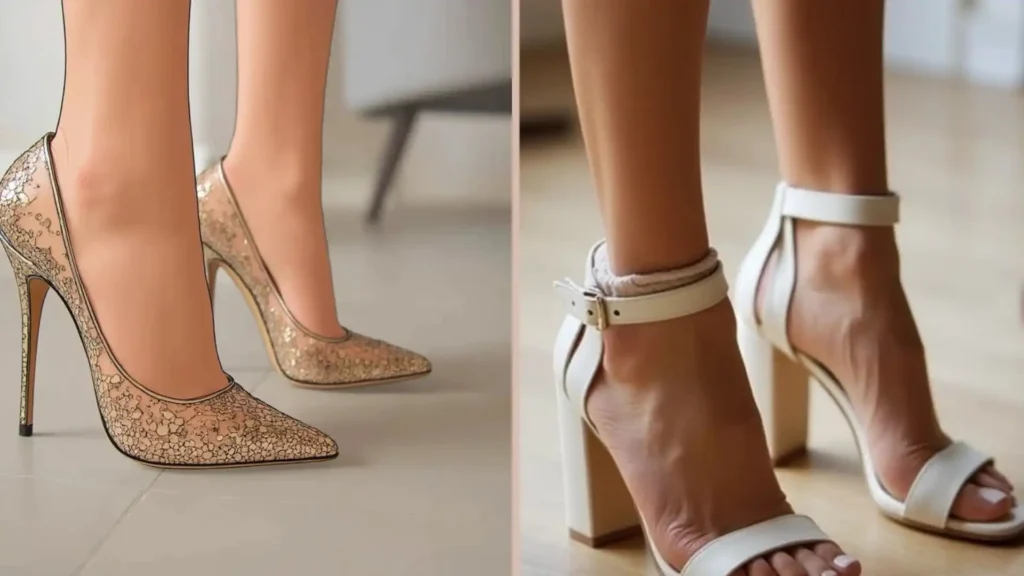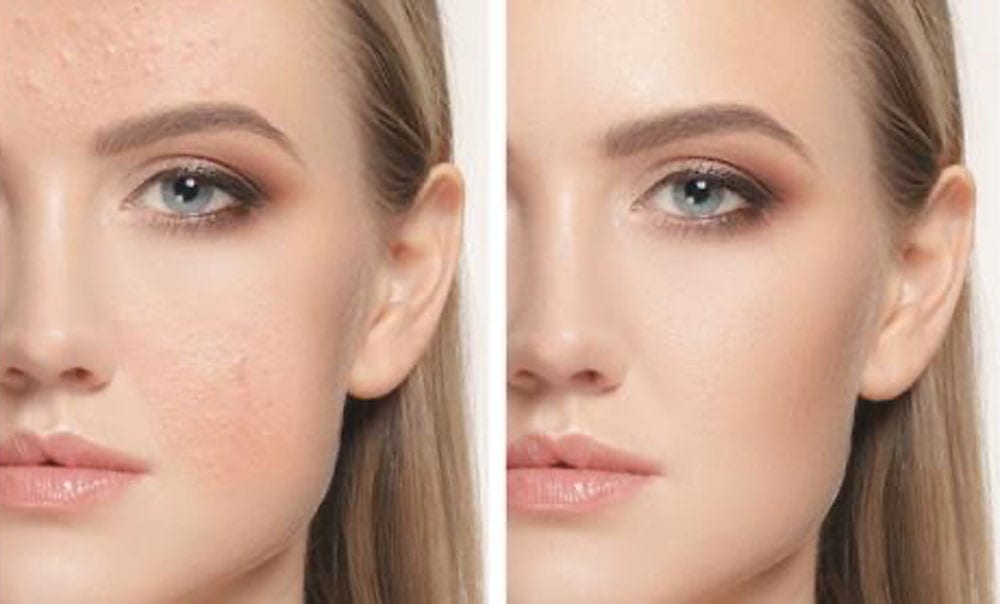Many women experience toe numbness after wearing high heels. This can feel like a tingling or a complete lack of feeling in their toes. Whether you wear heels often or just sometimes, knowing why this happens is key to keeping your feet happy and healthy. numb feeling in toes after wearing heels
In this guide, we’ll look at why toe numbness happens in high heels. We’ll talk about tight shoes, pressure points, and poor blood flow. By knowing the reasons, you can take steps to prevent it. This way, you can enjoy your favorite shoes without hurting your feet. numb feeling in toes after wearing heels.
Understanding Toe Numbness from High Heels
High heels can cause numbness in your toes. You might feel a tingling “pins and needles” sensation or even lose all feeling. This happens because the pressure is focused on specific parts of your feet, like the ball of the foot and the base of your toes.
Types of Numbness Sensations
There are different ways numbness can show up from high heels. You might feel a burning, a prickling, or even no sensation at all in your toes. This is because the nerves in your feet get compressed and irritated.
Common Pressure Points
High heels put more pressure on the balls of your feet. This can lead to Morton’s neuroma, a condition where the nerve between your toes gets irritated and swollen. The base of your toes is also a common spot for pressure when wearing high heels.
Impact on Foot Mechanics: numb feeling in toes after wearing heels
High heels change how your feet work, making your weight unevenly distributed. This can cause nerve compression, reduced blood flow, and muscle strain. All these can make your toes feel numb. numb feeling in toes after wearing heels.
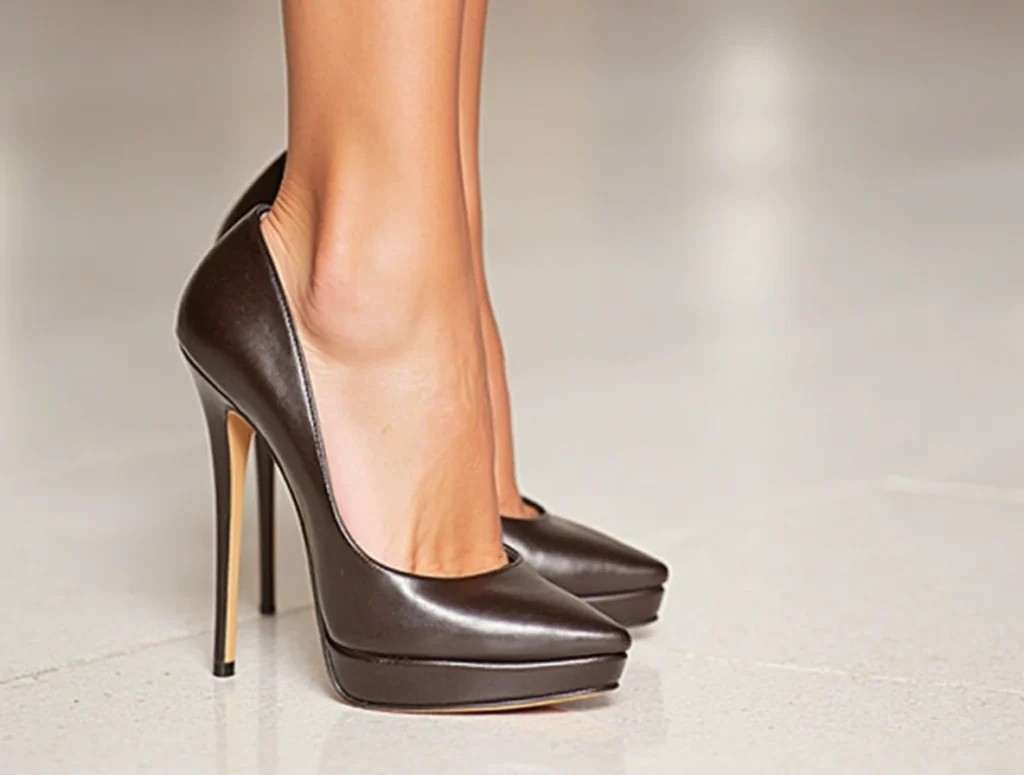
Immediate Causes of Numb Feeling in Toes After Wearing Heels
Feeling numb in your toes after wearing high heels is common. This can happen due to nerve compression, restricted blood flow, and tight shoes. Prolonged pressure on nerves and blood vessels in the foot can cause temporary numbness. numb feeling in toes after wearing heels.
Shoes that are too narrow or tight in the toe box can make things worse. The tight toe area puts extra pressure on nerves and limits blood flow. This leads to a numb or tingling feeling in the toes. High heels make this problem worse because they shift more weight to the front of the foot.
Walking in high heels also causes inflammation and swelling. This adds to the numb feeling. The mix of nerve compression, restricted blood flow, and tight shoes is why many women feel numb after wearing high heels for a long time. numb feeling in toes after wearing heels.
How High Heels Affect Foot Circulation
High heels can really mess with your foot circulation. The high heel squishes the blood vessels, causing them to narrow. This makes it hard for blood to reach your toes and feet, leading to numbness or tingling.
Blood Flow Restriction
High heels press down on the ball of your foot, a spot where nerves can get squished. This can cut off blood flow, reducing oxygen and nutrients to your feet. It can also cause swelling and make your legs feel heavy or tired.
Nerve Compression Points
High heels also squeeze nerves between your toes. This can make your toes feel numb or tingly, like pins and needles. Wearing high heels for a long time can make this feeling worse and more uncomfortable.
Duration of Wear Impact
The longer you wear high heels, the bigger the problem gets. Constant narrowing of blood vessels and nerve pressure can lead to long-term numbness in your toes. It’s key to not wear high heels for too long to keep your foot circulation healthy.
Anatomical Changes from Regular Heel Wear
Wearing high heels often leads to big changes in your foot’s structure. These changes can cause long-term numbness and pain, especially in the ball of your foot and toes.
One big change is the shortening of your Achilles tendon. This tendon connects your calf muscle to your heel bone. High heels make it contract and get shorter. This limits how far you can move your ankle and hindfoot, making it hard to switch to flat shoes.
High heels also change your foot’s arch. The way you stand and the pressure on your feet can alter the fatty tissue and ligaments. Over time, this can flatten or collapse your arches, leading to pain and biomechanical issues.
Also, the pressure from high heels can change the fatty padding in your foot’s ball. This can make the metatarsal head more prominent. Such changes increase the risk of neuromas, bursitis, and other painful conditions in the forefoot.
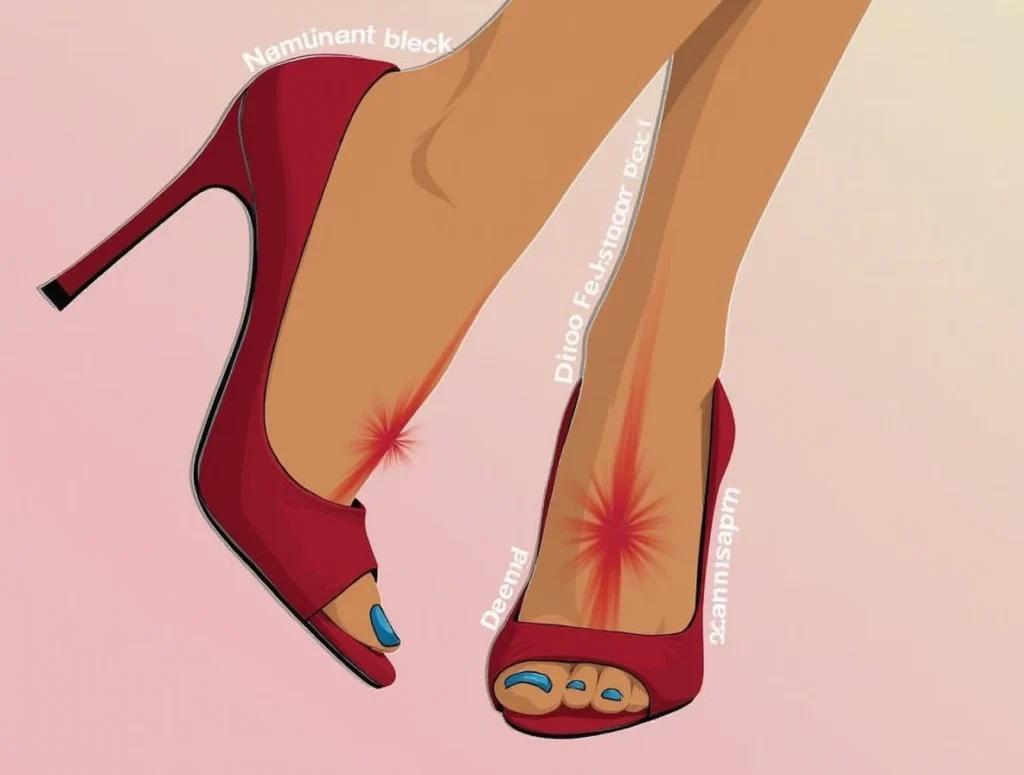
Risk Factors and Associated Conditions
If you’re feeling numb in your toes after wearing high heels, it’s key to know why. Foot problems, age, and lifestyle can all affect this issue. These factors can make toe numbness worse or more common.
Pre-existing Foot Conditions
Foot issues like bunions or Morton’s neuroma can make your toes numb. These problems can press on nerves, causing numbness or tingling in your toes.
Age-Related Factors
As you get older, your feet lose fatty tissue. This makes them more vulnerable to high heel pressure. Without enough cushioning, your feet can feel numb more easily.
Lifestyle Considerations
Your daily activities and habits can also lead to toe numbness. Wearing high heels often, jobs that involve standing or walking a lot, and health issues like diabetes can raise your risk.
Knowing the risks and conditions can help you tackle toe numbness. By understanding these factors, you can take steps to prevent or manage this common problem.
Prevention Strategies and Proper Footwear Selection
To avoid numb toes after wearing high heels, picking the right shoes is key. Look for shoes with a wider toe box to ease toe pressure. Lower heels are better as they don’t cut off blood flow or press on nerves.
Switching between high heels and comfy shoes can help. Padded insoles or orthotics add extra cushioning and support. Also, taking breaks to rest your feet improves circulation and stops numbness.
Comfort and support are crucial when wearing high heels. By choosing the right shoes, you can look stylish without harming your feet.
Treatment Options for Heel-Related Toe Numbness
If you feel numb in your toes after wearing high heels, there are ways to help. Foot massages, toe stretches, and warm water soaks can offer quick relief. These methods boost blood flow and ease nerve pressure. numb feeling in toes after wearing heels.
Immediate Relief Methods
A foot massage can help by improving blood flow and easing numbness. Pay attention to pressure points and gently massage the muscles. Stretching your toes and doing exercises can also help. Soaking your feet in warm water for 15-20 minutes can increase blood flow and provide temporary relief. numb feeling in toes after wearing heels.
Long-term Solutions
For lasting relief, see a doctor. A physical therapist can suggest exercises to improve foot mechanics and reduce nerve pressure. Custom orthotics, like heel cups or arch supports, can also help by redistributing weight. In some cases, like Morton’s neuroma, your doctor might suggest injections or surgery. numb feeling in toes after wearing heels.
Proactive foot care and choosing the right shoes are key to preventing and managing toe numbness. By using these treatment options, you can find relief and keep your feet healthy. numb feeling in toes after wearing heels.
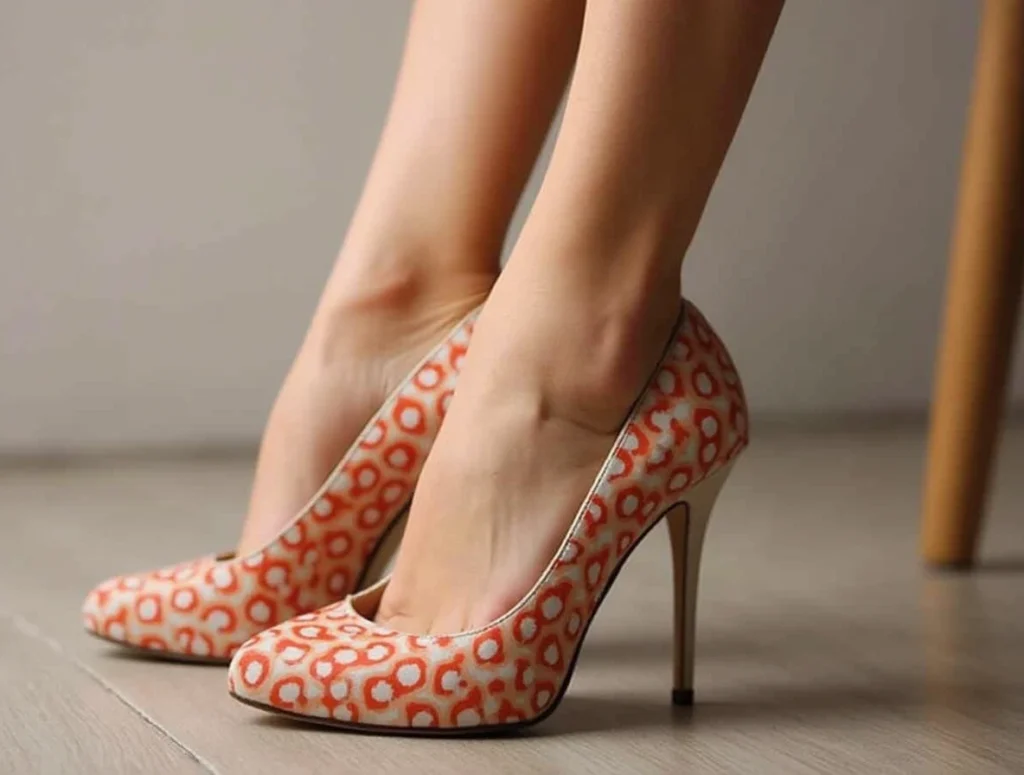
When to Seek Medical Attention
If your toes stay numb for more than a few days or hurt a lot, you should see a doctor. Long-lasting or getting worse numbness or tingling might mean a serious problem. You’ll need a doctor to check and treat it.
Toe numbness could mean you have diabetes or peripheral artery disease. If you already have one of these conditions, it’s key to talk to your doctor. They can help you manage your symptoms and avoid more problems.
In some cases, toe numbness could be a sign of a serious nerve issue, like Guillain-Barré syndrome. This needs quick doctor help. If you also have weakness, trouble moving your face, or changes in blood pressure, get to the emergency room right away. numb feeling in toes after wearing heels.
Discover more trends:
- The importance and secrets of nail care for this year
- Be Vigilant for Early Indicators of Rheumatoid Arthritis
- 7 Surprising Everyday Habits That Could Be Wrecking Your Back
- Should You Clip Your Nails Before or After a Shower?
- how often should you moisturize your body?
- Follow us on Facebook
- Follow us on Pinterest

